10 Best Herbal Tinctures For Flu
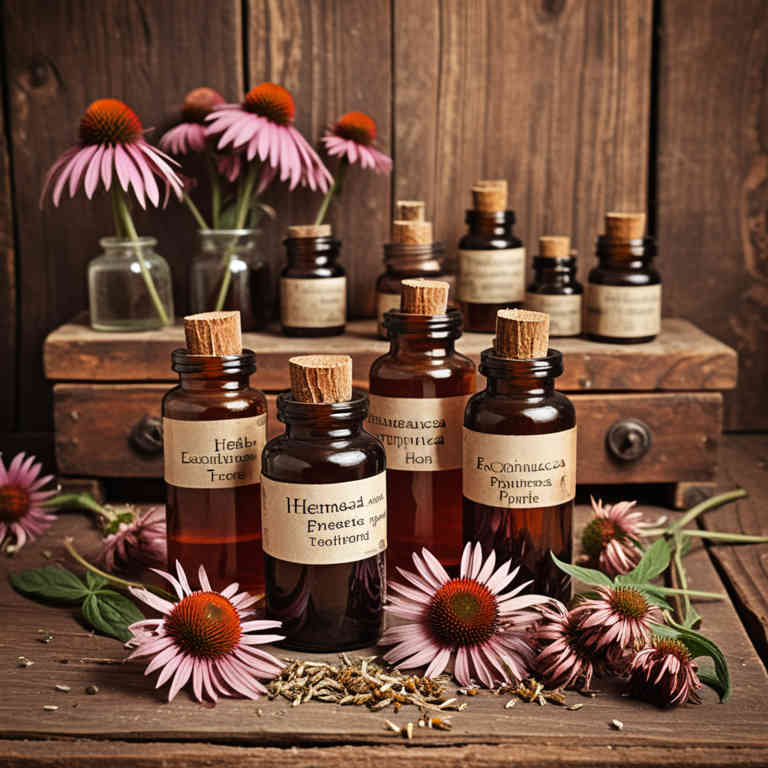
Herbal tinctures for the flu are concentrated liquid extracts made by soaking plant materials in alcohol or glycerin, which helps preserve the active compounds.
These tinctures are often used as natural remedies to alleviate flu symptoms such as fever, cough, and congestion. Common herbs used in flu tinctures include echinacea, elderberry, and ginger, each known for their antiviral, anti-inflammatory, and immune-boosting properties. While they can provide symptomatic relief, it's important to consult a healthcare professional before use, especially for those with allergies or chronic conditions.
When properly prepared and used, herbal tinctures may offer a complementary approach to managing flu symptoms safely.
FREE COURSE
How to make medicinal herbal tinctures for common ailments at home and in a weekend (using the Healing Drops System).

Table of Contents
1. Echinacea purpurea
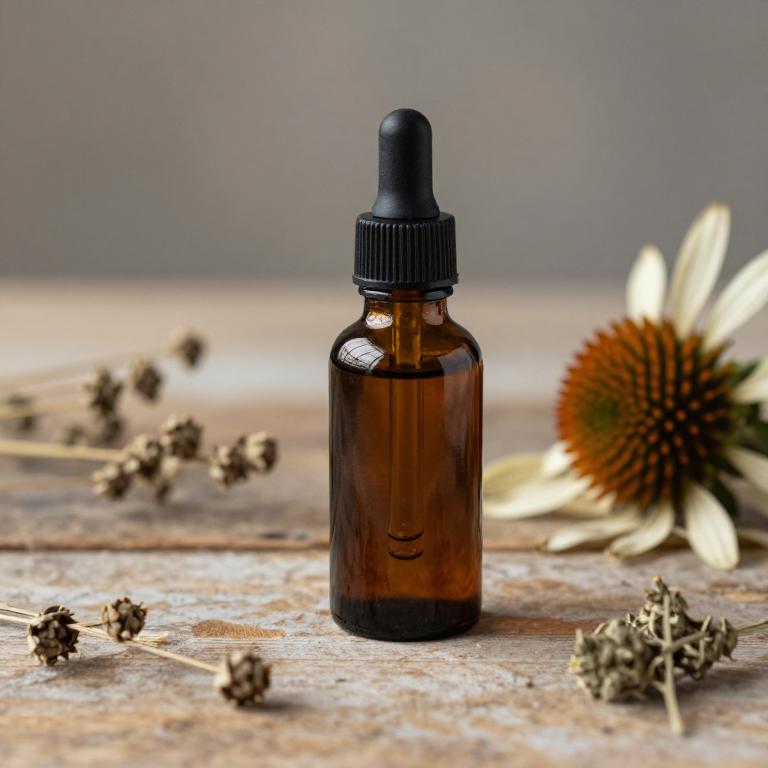
Echinacea purpurea, commonly known as purple coneflower, is a popular herbal remedy used to support immune health and may help alleviate symptoms of the flu.
Its tincture form, extracted using alcohol, is often taken orally to boost the body’s defenses against viral infections. Studies suggest that echinacea may reduce the duration and severity of cold and flu symptoms, although results can vary among individuals. The tincture is typically diluted in water or juice before consumption to minimize potential irritation to the digestive system.
As with any herbal supplement, it is advisable to consult with a healthcare provider before use, especially for those with allergies or chronic health conditions.
2. Thymus vulgaris
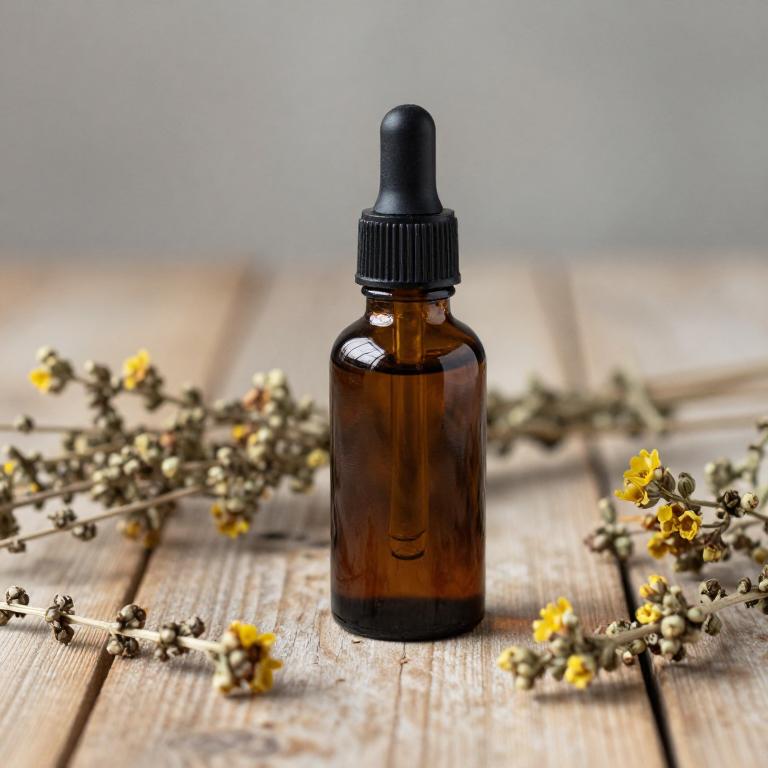
Thymus vulgaris, commonly known as thyme, is a popular herb used in traditional medicine for its potent antiviral and immune-boosting properties.
Thymus vulgaris herbal tinctures are concentrated liquid extracts made by soaking the dried leaves and flowers of the plant in alcohol, allowing for the extraction of its active compounds such as thymol and carvacrol. These tinctures are often used to support the body's defenses against the flu by reducing symptoms like coughing, congestion, and fever. Due to their antimicrobial and expectorant effects, thymus vulgaris tinctures are a natural remedy that may help alleviate respiratory discomfort associated with influenza.
However, it is important to consult a healthcare professional before using these tinctures, especially for individuals with allergies or those taking other medications.
3. Zingiber officinale
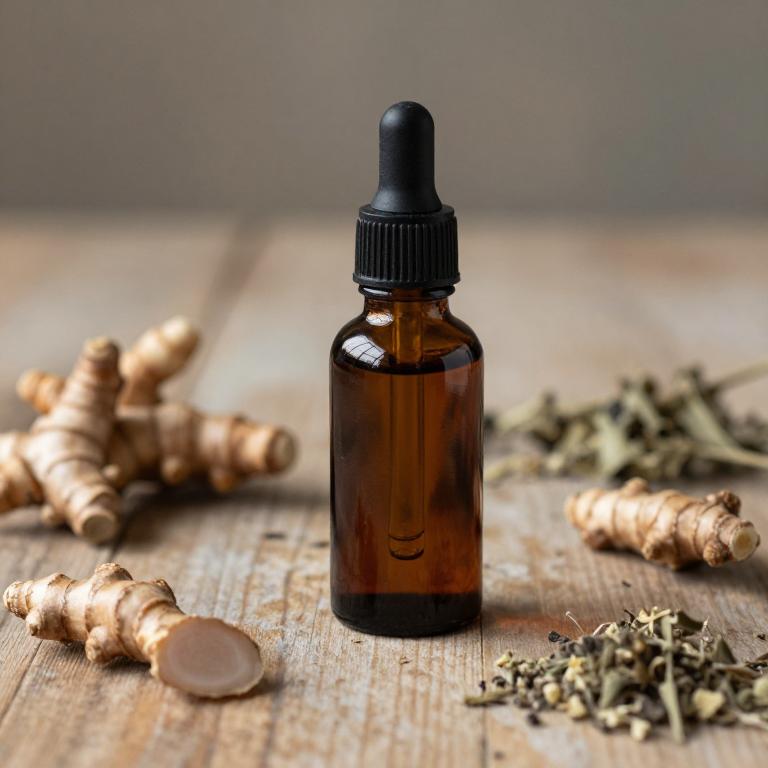
Zingiber officinale, commonly known as ginger, has been traditionally used for its medicinal properties, including its potential benefits in alleviating flu symptoms.
Herbal tinctures made from fresh or dried ginger root are often prepared using alcohol as a solvent to extract the active compounds, such as gingerol and shogaol, which have anti-inflammatory and antiviral properties. These tinctures may help reduce fever, ease nausea, and soothe sore throats associated with the flu. When used as a complementary therapy, ginger tinctures can support the body’s natural defenses and provide relief from discomfort.
However, it is important to consult a healthcare professional before using ginger tinctures, especially for individuals with existing health conditions or those taking medications.
4. Sambucus nigra
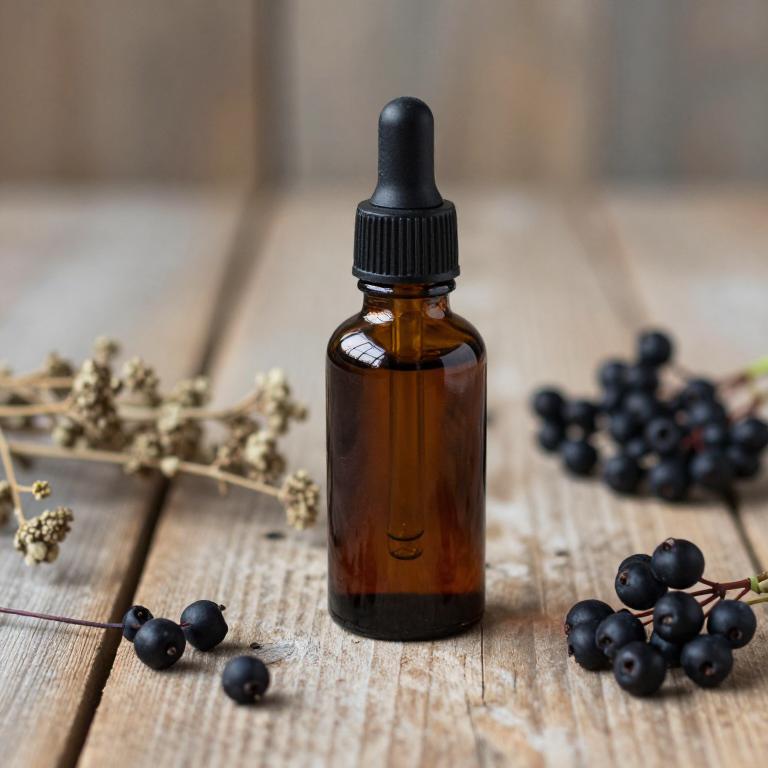
Sambucus nigra, commonly known as the European elderberry, has been traditionally used for its potential immune-boosting properties, making it a popular choice in herbal tinctures for flu support.
These tinctures are typically made by extracting the berries, flowers, or leaves with alcohol, preserving the plant's active compounds such as flavonoids and anthocyanins. Research suggests that elderberry may help reduce the duration and severity of flu symptoms by inhibiting viral replication and enhancing immune response. However, it is important to use these tinctures under the guidance of a healthcare professional, as they can interact with certain medications and may not be suitable for everyone.
Despite its traditional use, scientific evidence supporting its efficacy for flu remains limited, and it should not replace conventional medical treatments.
5. Hypericum perforatum
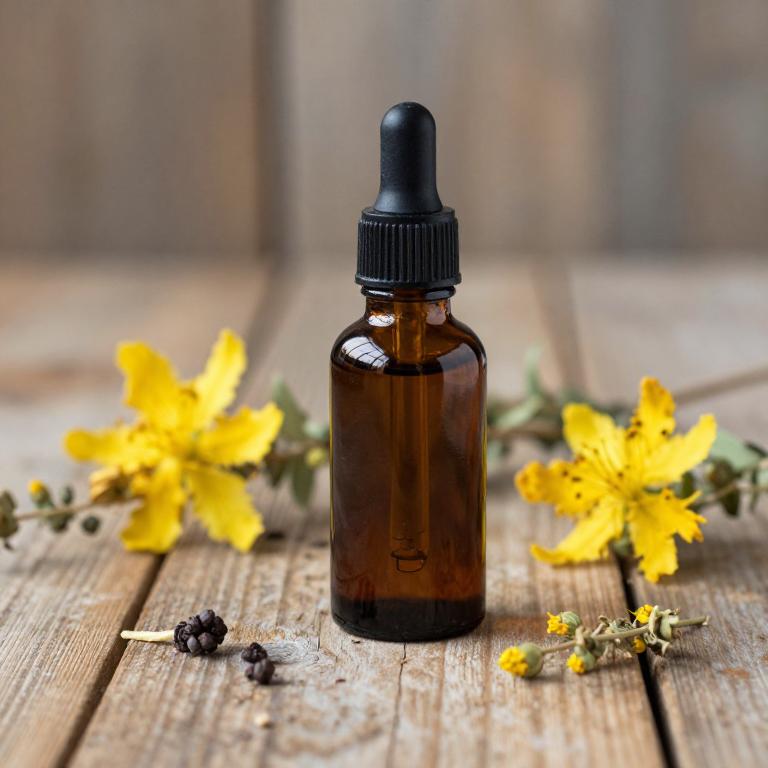
Hypericum perforatum, commonly known as St. John's Wort, is a herbal plant that has been traditionally used for its potential therapeutic properties.
When prepared as a tincture, hypericum perforatum may offer anti-inflammatory and antiviral benefits, which could support the body's response to flu symptoms. The active compounds in the tincture, such as hypericin and hyperforin, are believed to enhance immune function and reduce oxidative stress during illness. While some studies suggest it may alleviate mild flu symptoms, it is important to consult a healthcare professional before use, as it can interact with certain medications.
Overall, hypericum perforatum tinctures may serve as a complementary approach to support recovery from the flu, though they should not replace conventional medical treatment.
6. Rosmarinus officinalis
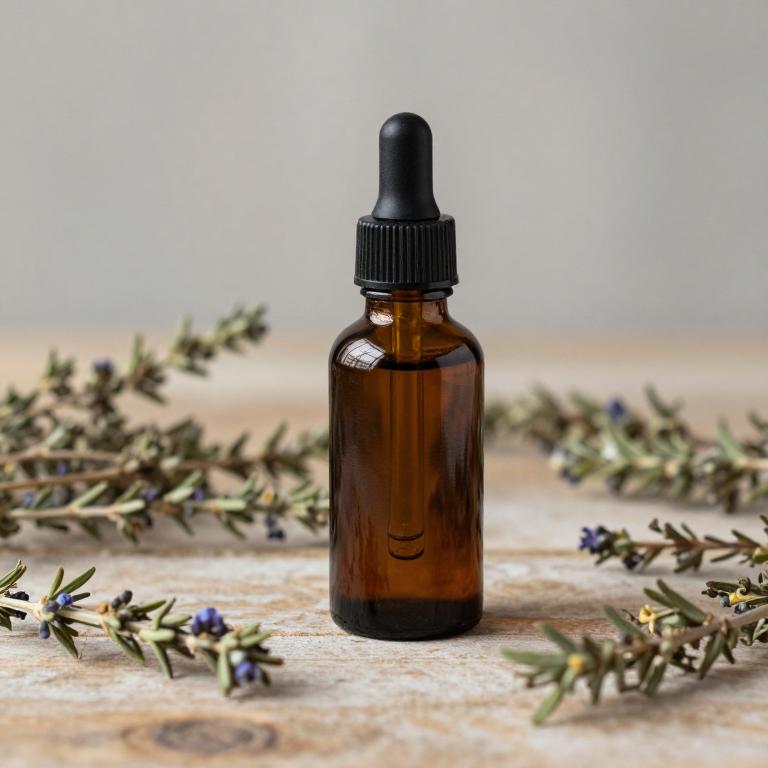
Rosmarinus officinalis, commonly known as rosemary, is a versatile herb that has been traditionally used for its aromatic and therapeutic properties.
Rosemary tinctures, derived from the leaves of this plant, are often utilized in herbal medicine for their potential benefits in supporting immune health. When used as a flu remedy, rosemary tinctures may help alleviate symptoms such as congestion and fatigue due to their antimicrobial and anti-inflammatory properties. These tinctures are typically prepared by soaking the dried leaves in alcohol, allowing the active compounds to be extracted for medicinal use.
While rosemary tinctures can be a complementary support during flu season, it is advisable to consult a healthcare professional before using them, especially for individuals with existing health conditions or those taking other medications.
7. Glycyrrhiza glabra
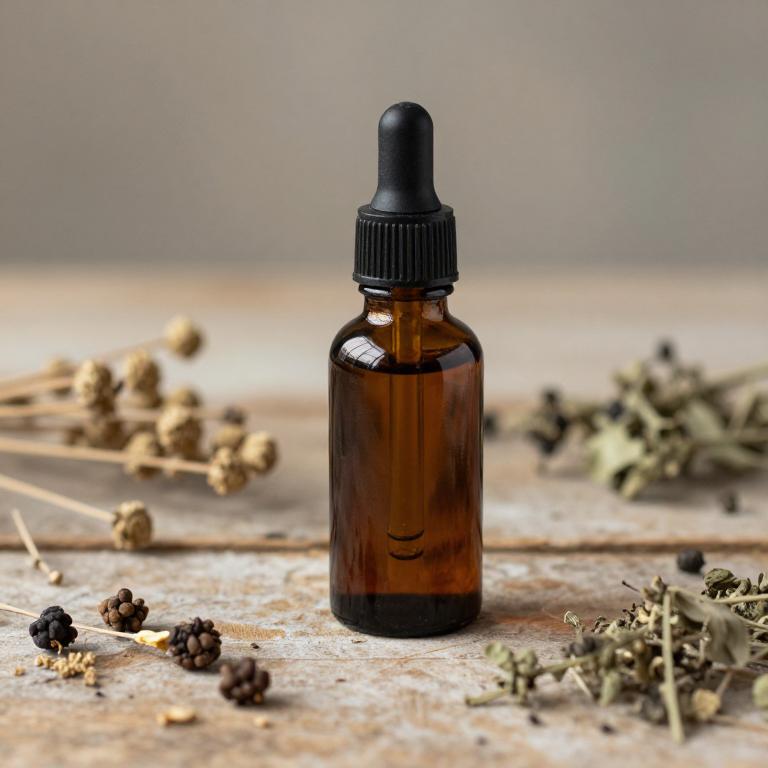
Glycyrrhiza glabra, commonly known as licorice root, has been traditionally used in herbal medicine for its potential benefits in alleviating flu symptoms.
Licorice root tinctures are often prepared by steeping the dried root in alcohol to extract its active compounds, including glycyrrhizin, which has anti-inflammatory and antiviral properties. These tinctures may help reduce sore throat, cough, and fever associated with the flu due to their soothing and expectorant effects. However, excessive use of licorice root can lead to side effects such as hypertension and fluid retention, so it should be used with caution and under the guidance of a healthcare professional.
Overall, glycyrrhiza glabra tinctures may serve as a complementary remedy for flu support when used appropriately.
8. Eucalyptus globulus
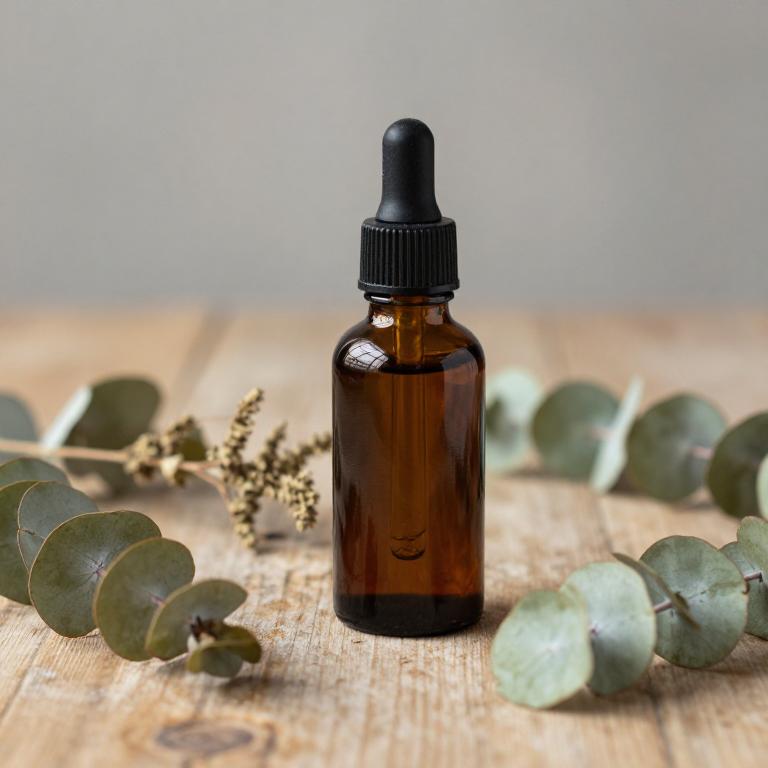
Eucalyptus globulus, commonly known as the Australian eucalyptus, is often used in herbal tinctures for its potent medicinal properties.
These tinctures are traditionally valued for their ability to alleviate symptoms of the flu, such as congestion, coughing, and inflammation. The active compounds in eucalyptus, including cineole and flavonoids, exhibit antimicrobial and anti-inflammatory effects that support respiratory health. When used as a tincture, eucalyptus globulus can be diluted in water or taken orally in small doses to harness its therapeutic benefits.
However, it is important to consult a healthcare professional before use, especially for individuals with allergies or existing medical conditions.
9. Pelargonium graveolens
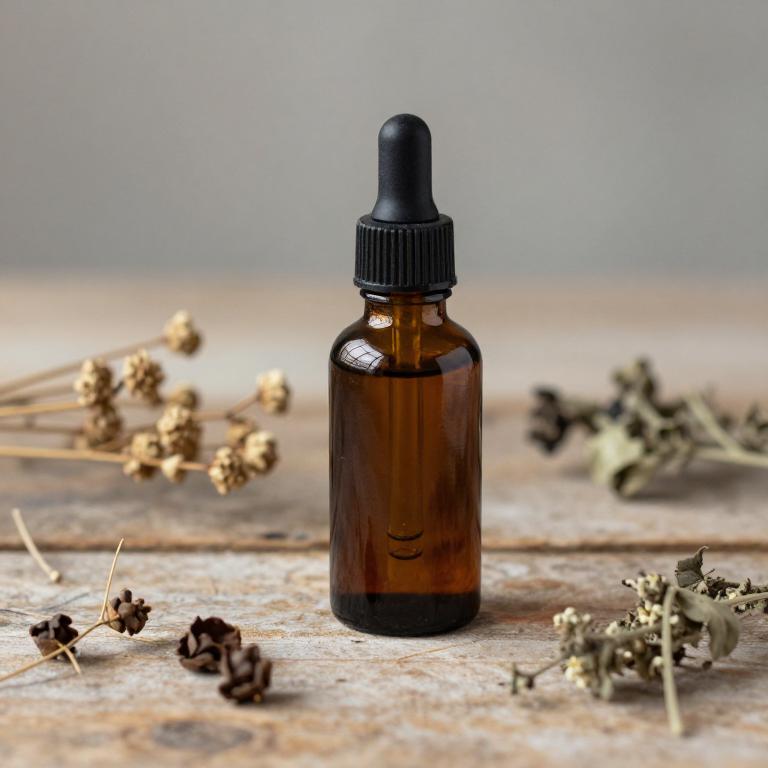
Pelargonium graveolens, commonly known as geranium, has been traditionally used in herbal medicine for its potential therapeutic properties.
Herbal tinctures made from Pelargonium graveolens are often prepared by soaking the dried leaves in alcohol to extract the active compounds. These tinctures are believed to support the immune system and may help alleviate symptoms associated with the flu, such as fever and congestion. The essential oils in geranium, including citronellol and geraniol, are thought to possess antiviral and anti-inflammatory effects.
While more research is needed to confirm their efficacy, some individuals use these tinctures as a complementary remedy during flu season.
10. Urtica dioica

Urtica dioica, commonly known as stinging nettle, is a plant that has been traditionally used for its medicinal properties, including its potential benefits in supporting the immune system.
Herbal tinctures made from Urtica dioica are often prepared by soaking the dried leaves in alcohol, allowing the active compounds to be extracted for medicinal use. These tinctures are believed to help alleviate symptoms of the flu by reducing inflammation and supporting respiratory health. The high concentration of vitamins, minerals, and antioxidants in stinging nettle may contribute to its immune-boosting effects.
While more research is needed, some people use Urtica dioica tinctures as a natural remedy to support recovery from flu symptoms.